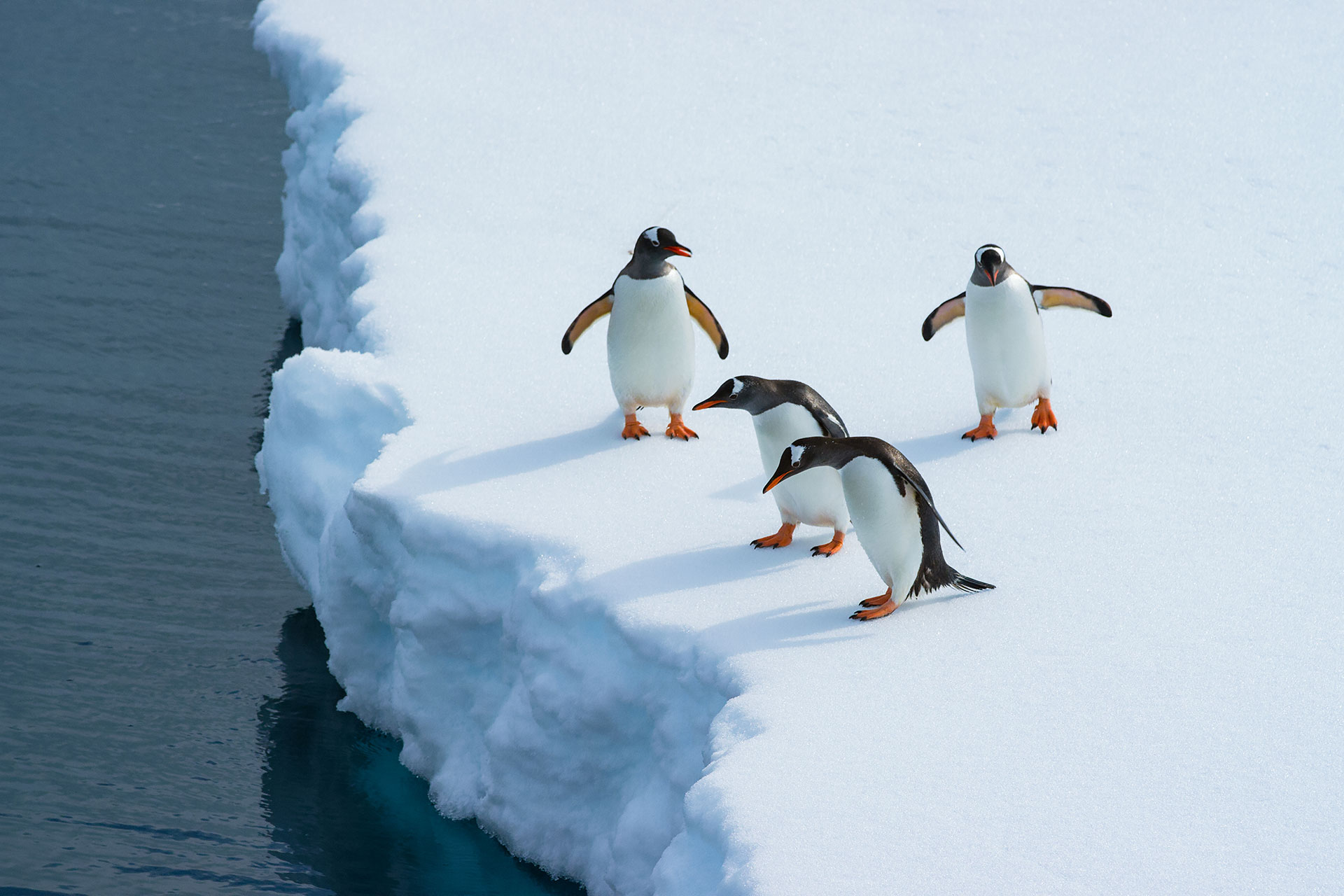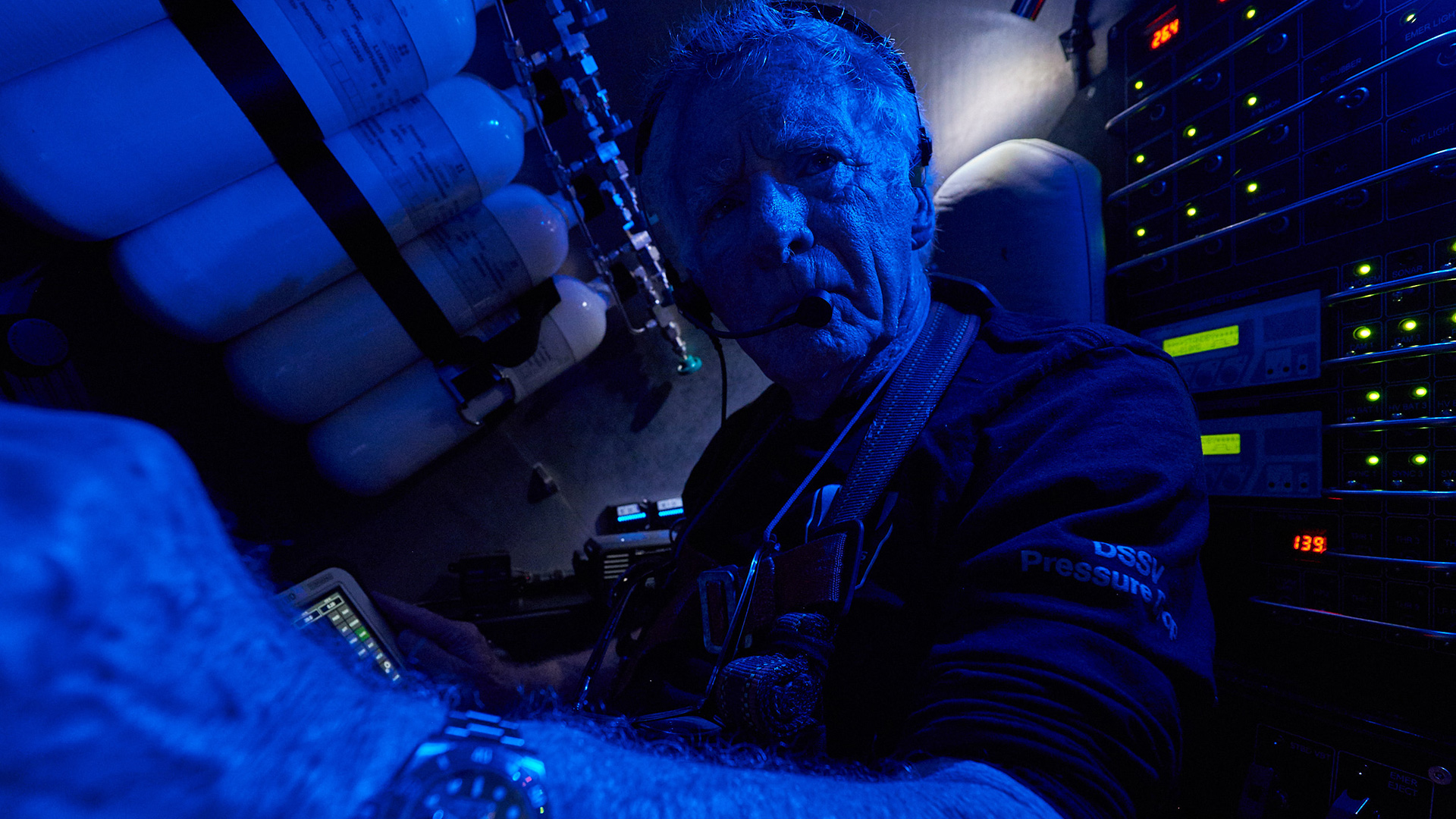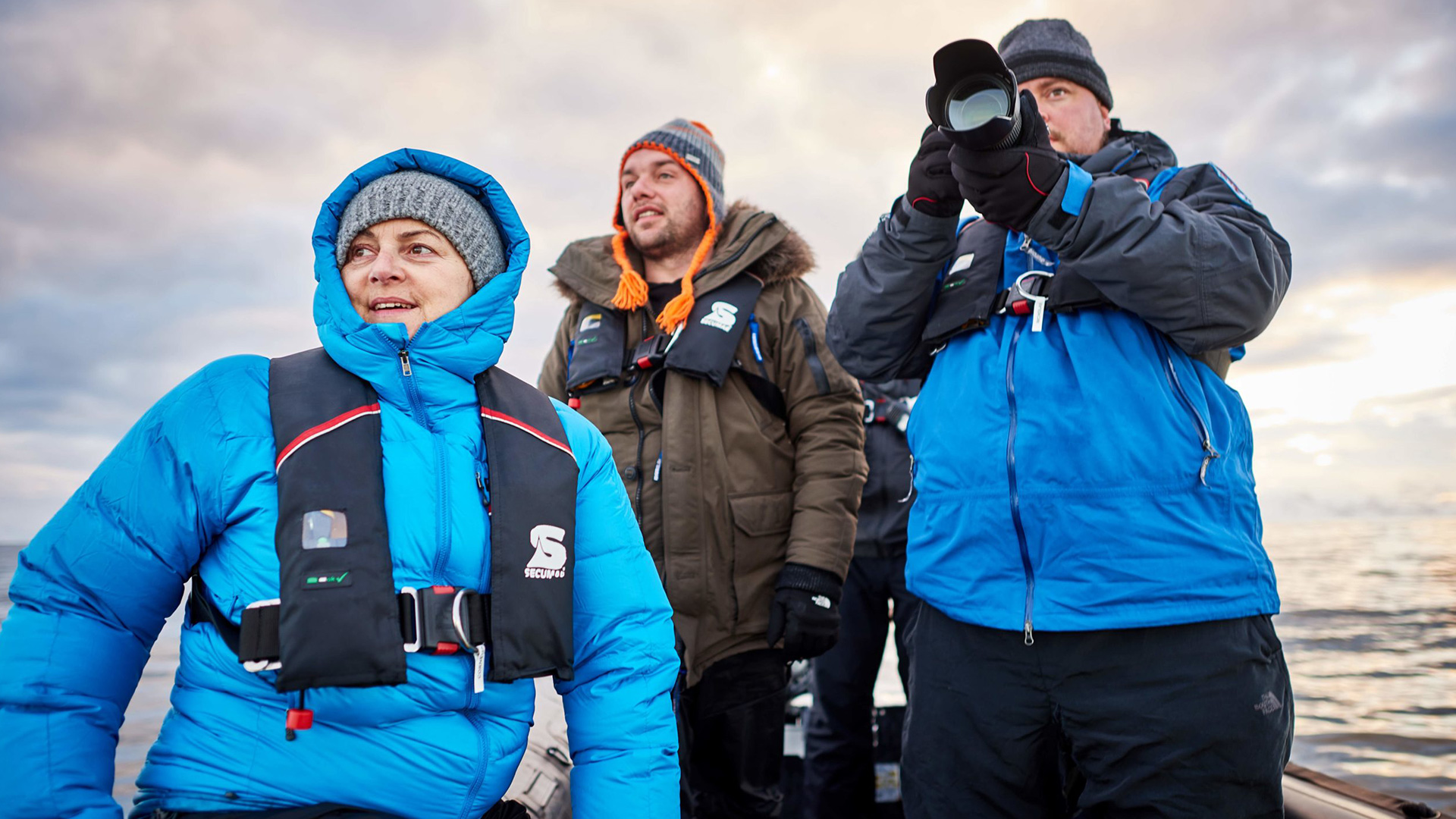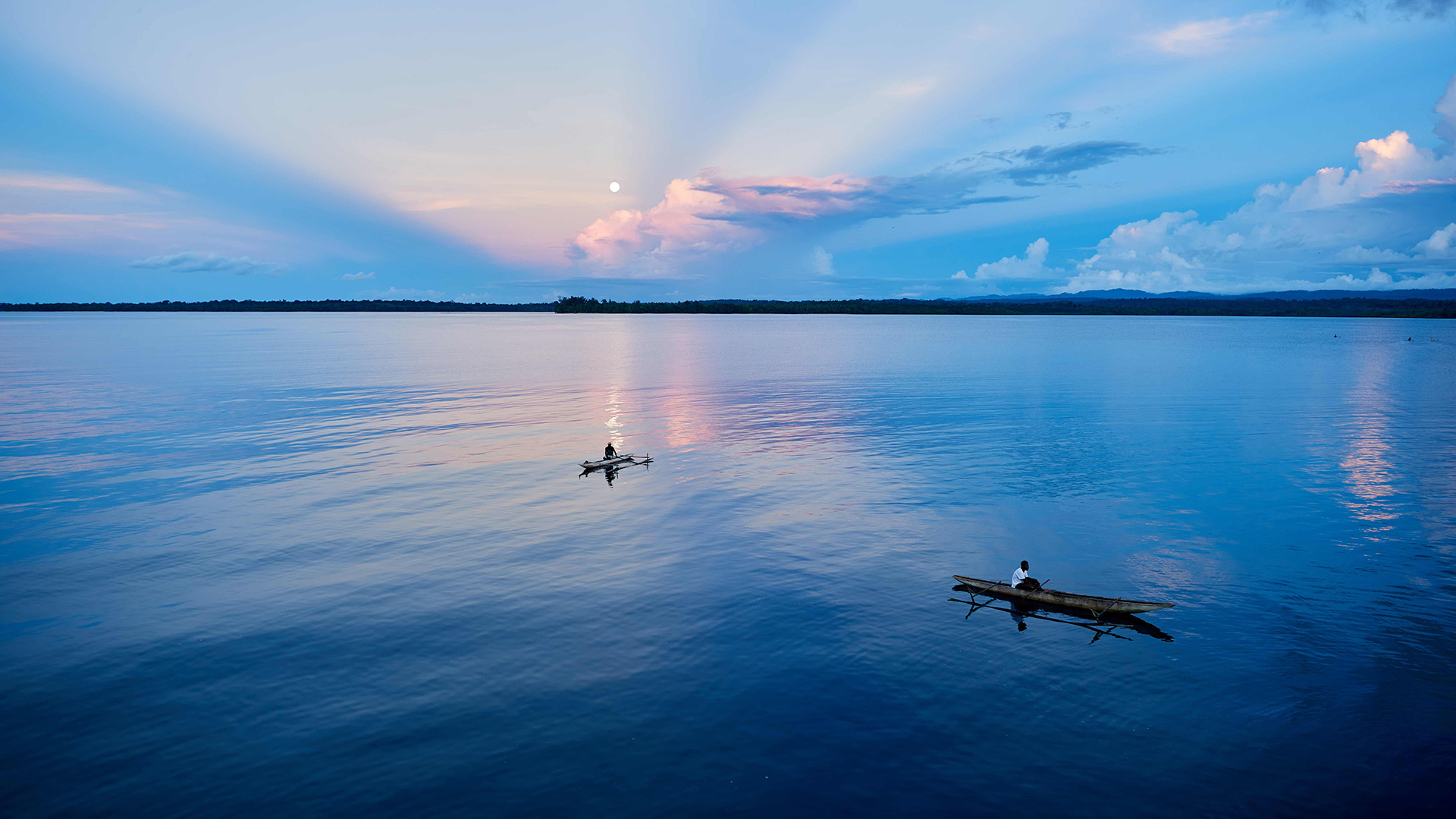Join us as we journey through the wonderful world of ice through the eyes of our photographers.
A common sentiment is that you go to Antarctica for the penguins but return for the ice. And once you experience the infinite varieties that the White Continent has to offer, you begin to understand where this feeling, and the resulting need to return, comes from.
Everything you see in the Antarctic falls into one of two major types: land and sea ice. Land ice originates from snow that has flowed out to sea as glacier ice and has eventually broken away from ice shelves to form icebergs. Sea ice is formed directly from seawater freezing over as temperatures drop below freezing. Within each of these categories is a dizzying array of shapes, sizes, colors, and textures.
Join us as we journey through the wonderful world of ice through the eyes of our photographers.
Glaciers
As snow falls and becomes compacted under its own weight, it compresses into ice. Like a slow-moving river, this ice then becomes fluid under pressure and flows with gravity down the landscape, eventually calving off into the icebergs we see floating in the waters of Antarctica.
Icebergs, Bergy Bits, Growlers
At the ocean’s edge, the sound of thunder ricochets through the air as the water eats away at the glaciers, and enormous chunks of ice break off as icebergs that will then float, melt and begin the cycle again. Depending on the size of these bergs, they are classified as true icebergs (5m above the water’s surface), bergy bits (between 2-5m from the water’s surface), and growlers (anything below 2m above the surface). And the old saying ‘just the tip of the iceberg’ holds true: only 10% of these pieces of ice are visible above the surface, with the other 90% submerged below.
Tabular Icebergs
Named for their flat-topped, table-like shape, tabular icebergs form by calving from an ice shelf. In order to be classified as “tabular,” they must have a length-to-height ratio greater than 5:1, which means they often stretch for hundreds, if not thousands, of feet and dwarf even the largest yacht.
Sea Ice
Sea ice refers to any form of ice found at sea which has originated from the freezing of seawater. Because of the salt content in seawater, the freezing point is quite a bit lower than freshwater, at a crisp 28.4 degrees. Something to think about before taking the polar plunge….
Fast Ice
Some ice is held “fast” to the land, and essentially becomes an extension of the coastline that you can walk on and explore. This attached ice is formed in situ from the seawater or by freezing of pack ice of any age to the shore, and it may extend a few meters or several hundred kilometers from the coast. Fast ice may be more than 1 year old and may then be prefixed with the appropriate age category (old, second-year, or multi-year).
Pancake Ice
Pancake ice can form in a couple of ways, depending on the conditions. It can happen when a thin layer of ice and slush forms over the water and freezes solid, but is broken up by waves or other movements in the water. This ice may crack into big geometric-shaped pieces, but over time the movement of the water smashes these floating polygons together, rounding and raising the edges until they look like circular lily pads across the ocean surface.



